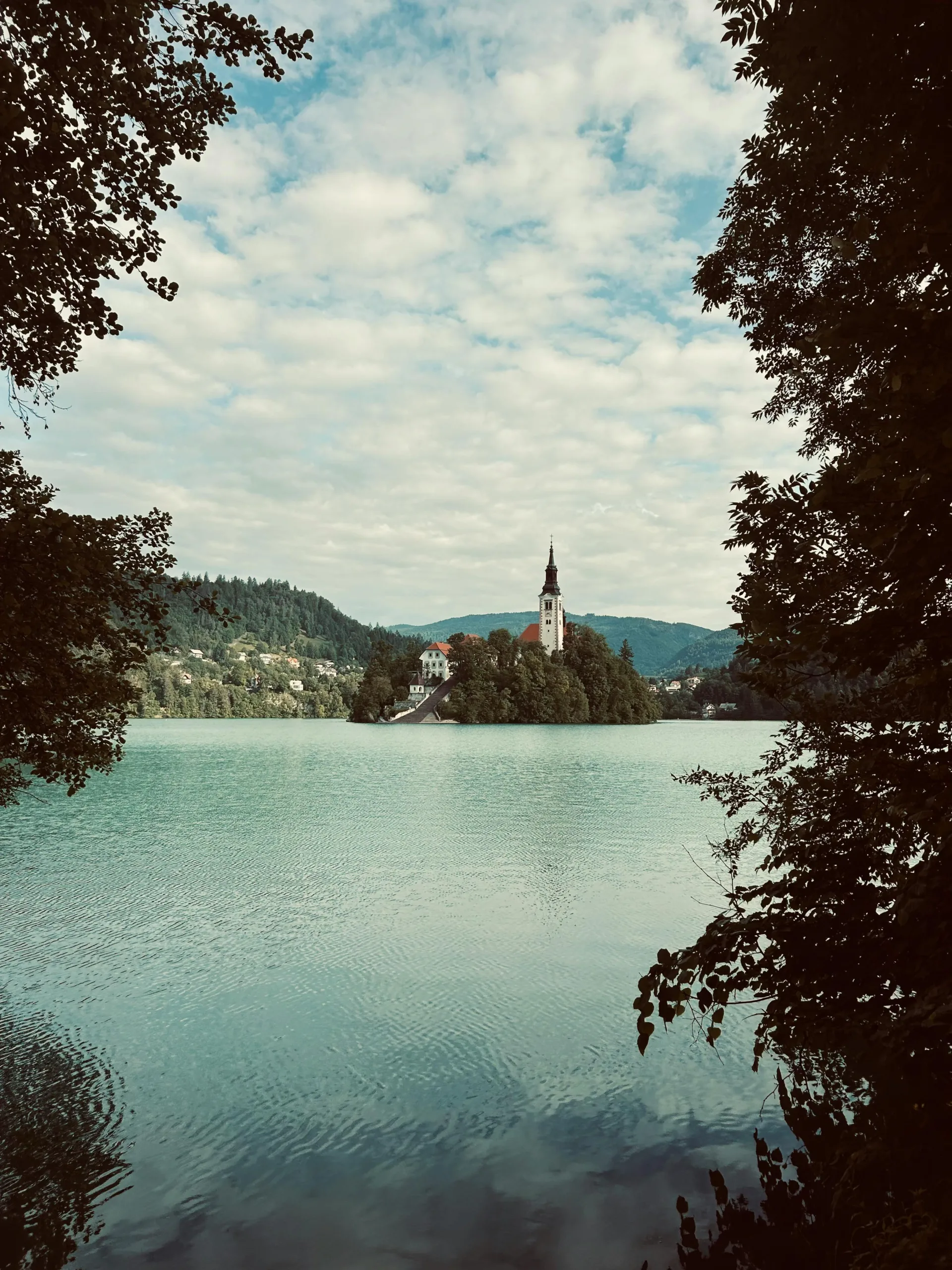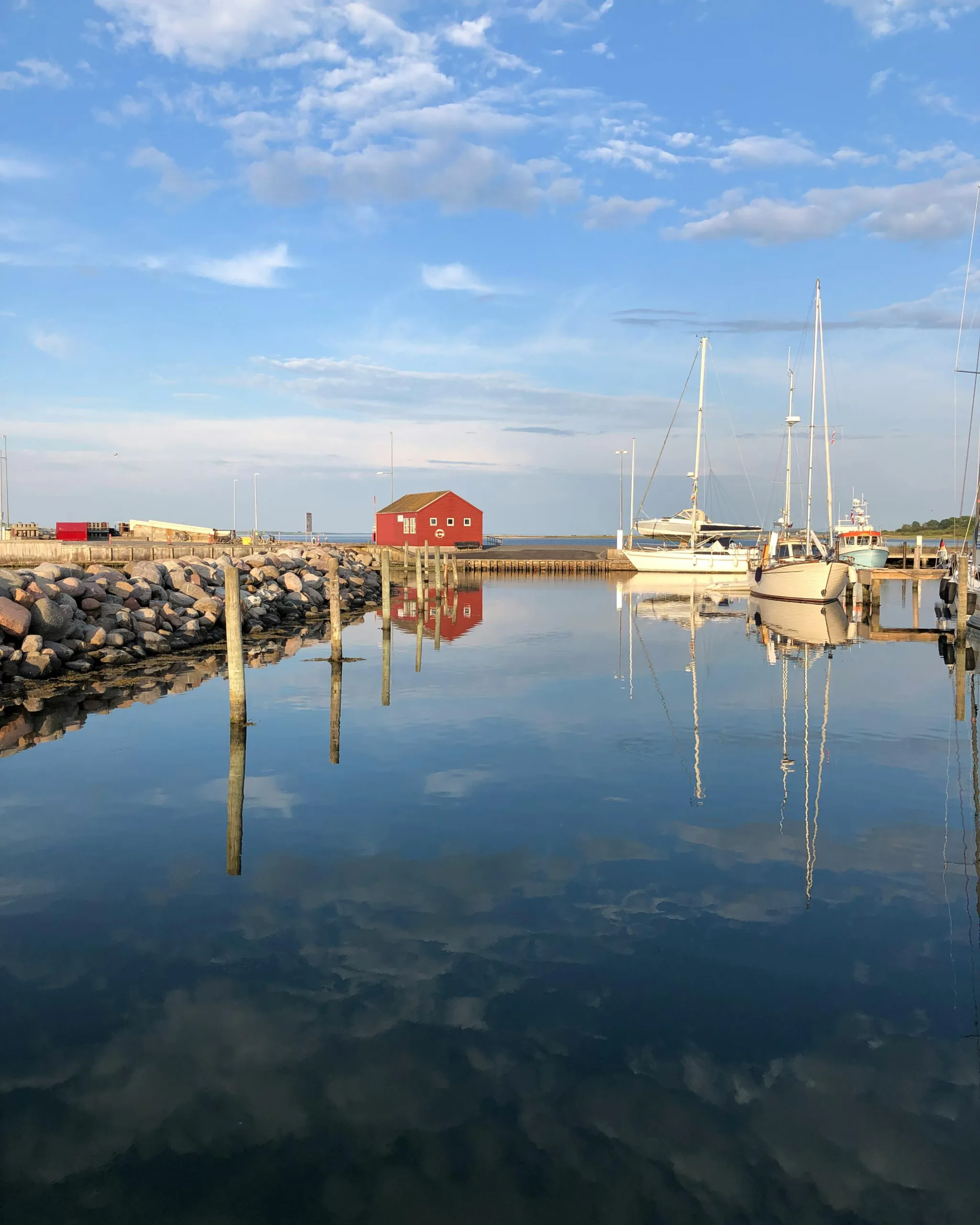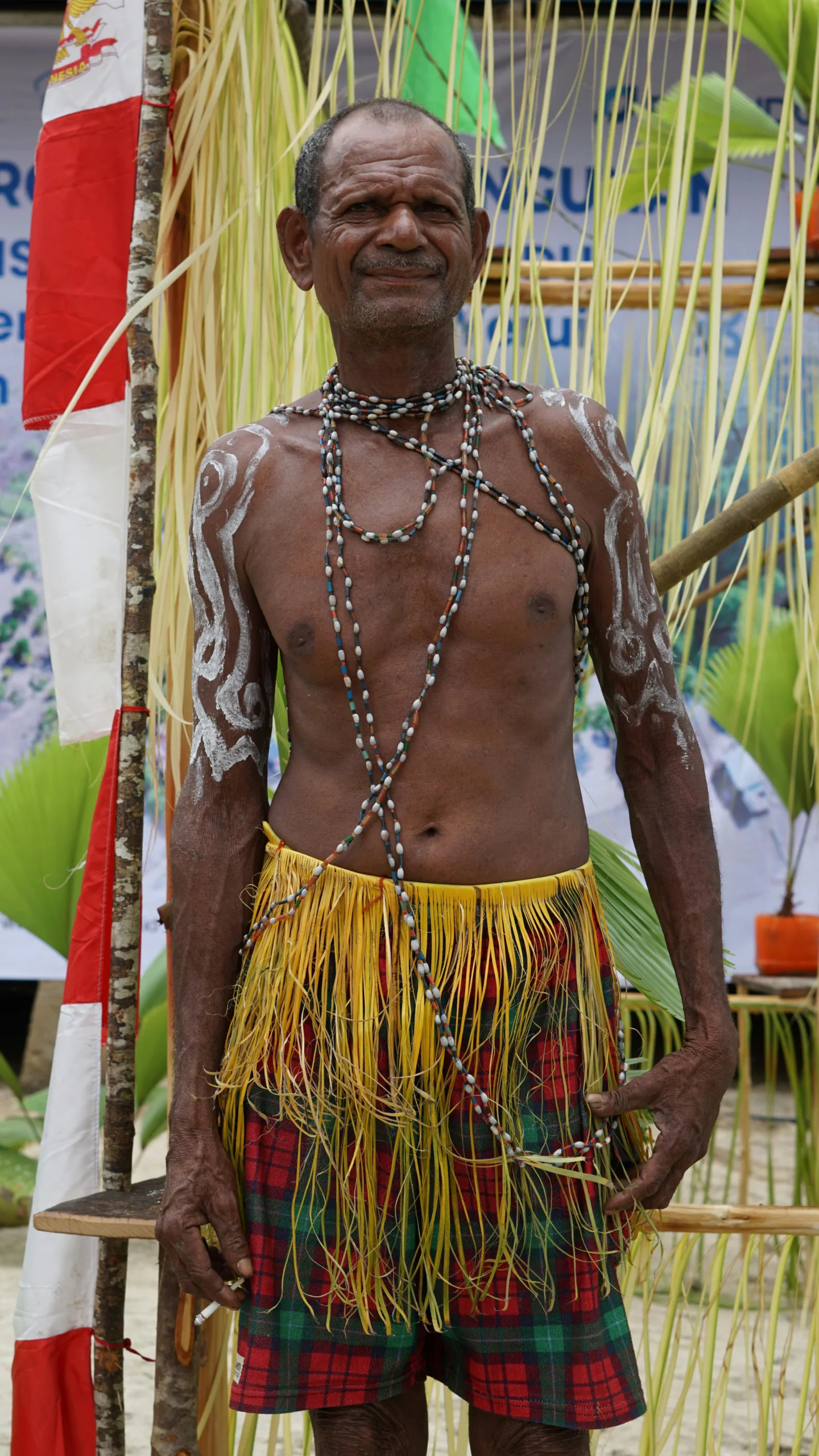What makes Jeju Island an ever-changing mosaic of attractions and experiences? Travelers and enthusiasts often find themselves drawn to this South Korean gem, known for its unique blend of natural beauty and vibrant cultural tapestry. Exploring Jeju Island through the seasons offers a dynamic journey, each season unfurling new landscapes and experiences. This guide aims to illuminate how you can make the most out of your visit to Jeju Island, providing insights into the ideal times to visit, must-see sights, transportation options, and local delicacies to savor.

Table of Contents
Discovering Jeju Island: A Personal Introduction
My first encounter with Jeju Island was nothing short of transformative. Visiting in the spring of 2019, the island’s vivid landscapes and cultural richness left an indelible mark on me. Jeju is not just another travel destination; it’s a place where each turn unfolds a new scene worthy of a postcard. The island’s ever-changing seasons offer myriad experiences, each compelling in its own right, and understanding how they transform the island is key to planning the perfect trip.
Planning Your Journey: When to Visit Jeju Island
The best time to visit Jeju Island depends largely on what you hope to experience. Each season brings its unique charm and challenges, making trip planning both exciting and crucial.
Spring (March – May)
Spring is arguably the most popular time to visit Jeju. The island awakens with cherry blossoms, and the mild climate is perfect for outdoor activities. This season is ideal for exploring Jeju’s famous landmarks like Hallasan Mountain and Seongsan Ilchulbong, with the pleasant weather making hiking and sightseeing particularly enjoyable.
Summer (June – August)
Summer is the peak tourist season, drawing in crowds with its warm, beach-friendly weather. It’s a vibrant time, filled with festivals and bustling nightlife. However, be prepared for the heat and occasional rains. The beaches near Hyeopjae and Jungmun are especially attractive during these months.
Autumn (September – November)
Autumn offers a quieter and cooler alternative, with stunning foliage transforming the landscape. This period is perfect for nature lovers who want to explore Jeju’s trails away from the summer crowds. The Olle walking paths, in particular, provide an excellent way to experience the island’s natural beauty wrapped in the hues of fall.
Winter (December – February)
Though it might surprise some, winter on Jeju Island presents a more tranquil beauty. The island is less crowded, offering a peaceful retreat. Snow-capped landscapes provide a striking contrast to Jeju’s typical greenery and are perfect for those interested in a serene holiday. Visitors can explore the island’s museums and indoor attractions without the summer hustle.

Navigating the Island: Transportation Options
Getting around Jeju Island is relatively straightforward, but it’s essential to understand your options to choose what best suits your travel preferences and itinerary.
Rental Cars
Renting a car is arguably the most convenient way to explore Jeju Island at your own pace. With well-maintained roads and scenic routes, driving allows for flexibility and spontaneity, stopping at lesser-known locales on a whim while also covering more ground in a shorter period.
Public Transportation
Jeju’s public transport system comprises an extensive network of buses that reach most tourist sites. Though it requires more meticulous planning and patience, buses are a budget-friendly option that offers an authentic glimpse into local life.
Taxis and Ride-Sharing
Taxis are widely available across Jeju, offering a convenient if slightly more expensive option than buses. For those who prefer a seamless travel experience without the hassles of navigating public transportation or driving, hailing a taxi can be an excellent alternative.
Accommodation Choices: Where to Rest Your Head
Jeju Island has an extensive range of accommodations to suit a variety of budgets and preferences. From luxurious resorts to budget-friendly guesthouses, there’s something for every traveler.
High-End Resorts
For those looking to indulge, Jeju’s high-end resorts offer a wealth of amenities, including private beaches, golf courses, and spa facilities. Resorts located in Jungmun Tourist Complex are particularly renowned for their stunning views and comprehensive services.
Mid-Range Hotels and Guesthouses
Travelers seeking comfort without the hefty price tag will find an array of mid-range hotels and guesthouses peppered across Jeju. With cozy rooms and essential amenities, these accommodations offer convenient access to major tourist sites without compromising on comfort.
Budget-Friendly Hostels and Airbnbs
Backpackers and budget travelers will find plenty of hostels and Airbnb listings offering affordable lodging. These options not only provide an economical solution but also a chance to interact with fellow travelers and locals, enriching the cultural experience.

Day-by-Day Itinerary: Exploring Jeju’s Highlights
Planning a day-by-day itinerary can maximize your experiences on Jeju Island, ensuring that you capture its essence.
Day 1: Nature and History
Start your journey with a hike up Hallasan Mountain, South Korea’s highest peak, offering breathtaking panoramic views. In the afternoon, visit the Jeju Stone Park to learn about the island’s geological history and immerse yourself in cultural stories.
Day 2: Coastal Wonders
Dedicate your second day to exploring Jeju’s volcanic coastlines. Begin at Seongsan Ilchulbong, a UNESCO World Heritage site, for a sunrise hike. Continue to Manjanggul Cave in the afternoon, one of the world’s finest lava tunnels.
Day 3: Cultural Riches
Spend your third day absorbing Jeju’s cultural heritage. Visit the O’sulloc Tea Museum and Innisfree Jeju House for a serene experience amidst tea fields. End the day by exploring the vibrant city of Jeju, filled with local markets and historic sites.
Day 4: Leisure and Relaxation
Conclude your itinerary with a relaxing day at one of Jeju’s stunning beaches or hot springs. Unwind at Hamdeok Beach or indulge in a spa treatment to rejuvenate before concluding your mesmerizing journey.
Savor the Flavors: Jeju’s Culinary Delights
No visit to Jeju Island is complete without indulging in its local cuisine. From fresh seafood to traditional specialties, the island offers gastronomic adventures for every palate.
Jeju Black Pork
Jeju Black Pork is a must-try delicacy, known for its tender texture and rich flavor. Grilled to perfection at local barbecue restaurants, it stands as a testament to Jeju’s culinary prowess.
Fresh Seafood
Being an island destination, Jeju is famous for its seafood. Hwae, a Korean-style sashimi, and abalone dishes are popular and are best enjoyed at seaside restaurants or local markets.
Hallabong and Other Fruits
Jeju’s unique climate grows exquisite fruits, with Hallabong—a sweet and juicy citrus fruit—being particularly acclaimed. Be sure to try the seasonal fruits available in local markets.
Specialty Souvenirs: Local Treasures to Take Home
Jeju’s rich culture and natural resources provide a plethora of unique souvenirs that travelers can take home to remember their journey.
Traditional Crafts
Look for traditional crafts such as decorative dolls, jewelry, and pottery at local markets. These handcrafted items highlight Jeju’s cultural uniqueness and artistic talent.
Local Food Products
Jeju’s local food products like hallabong tea, honey, and seaweed make excellent gifts. These items encapsulate the flavors of Jeju and are easily transportable.

Budget Management: Cost Considerations and Money-Saving Tips
Traveling to Jeju Island can be tailored to various budgets, but understanding cost considerations can help stretch resources further.
Expense Breakdown
| Category | Estimated Cost per Day |
|---|---|
| Accommodation | $30 – $200 |
| Meals | $10 – $50 |
| Transportation | $5 – $50 |
| Attractions | $0 – $30 |
| Total Estimated Cost | $45 – $330 |
Money-Saving Tips
- Stay at Mid-Range Hotels: Choosing mid-range hotels offers good comfort at a reasonable price.
- Public Transport: Utilize the island’s bus system to save on transportation costs.
- Dine Locally: Eating at local food markets instead of restaurants can significantly reduce meal expenses.
Frequently Asked Questions
What is the best way to get to Jeju Island?
Flights are the fastest and most convenient way to reach Jeju Island, with frequent direct flights from major cities in South Korea. Ferries are also an option from various ports, offering a scenic journey, although they take longer.
Is Jeju Island family-friendly?
Absolutely, Jeju offers family-friendly beaches, museums, and parks. It’s a perfect destination for travelers of all ages.
What are some sustainable travel tips for visiting Jeju?
When visiting Jeju, consider using public transport or bicycles to reduce carbon footprint. Opt for eco-friendly accommodations and support local businesses by purchasing local products.

Conclusion: Jeju Island’s Unique Allure
Jeju Island, with its dynamic seasons and diverse attractions, offers a unique travel experience that is both refreshing and enlightening. Whether you explore its sun-kissed beaches, hike its majestic mountains, or immerse yourself in its cultural richness, Jeju is a destination that promises unforgettable memories. Embrace the changing seasons and let Jeju’s enchanting landscapes and friendly locals welcome you to a world of adventure and discovery. For those ready to plan their next trip, understanding the island’s delicate balance of natural wonders and cultural treasures is key to an exceptional journey.
Hot✈️ Haulstay, Haengjae, Jeju, South Korea
Multi-Generation Travel: Pleasing Grandparents to Grandchildren on Vacation
